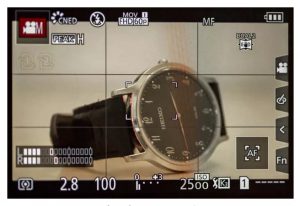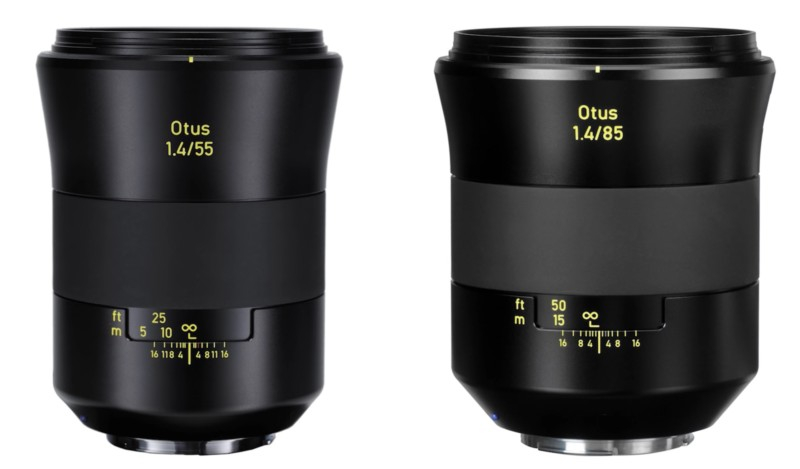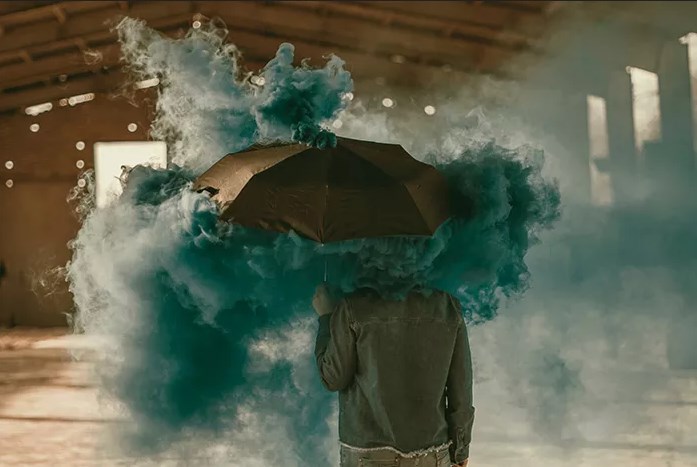WHAT IS PEAK FOCUS AND HOW TO SUCCESSFULLY USE IT
 Do you often wonder how cool it would be to use a gorgeous vintage lens on a modern camera? Are you confused by the lack of autofocus? But there is a simple solution that greatly simplifies manual focus. Digital cameras are equipped with several assistive tools for manual focusing, which make it easier to identify a sharp object. Everyone has long known the Live View display and the relative newcomer to Focus Peaking. Here they are – these two monsters in solving your focus “problem”.
Do you often wonder how cool it would be to use a gorgeous vintage lens on a modern camera? Are you confused by the lack of autofocus? But there is a simple solution that greatly simplifies manual focus. Digital cameras are equipped with several assistive tools for manual focusing, which make it easier to identify a sharp object. Everyone has long known the Live View display and the relative newcomer to Focus Peaking. Here they are – these two monsters in solving your focus “problem”.
Peak Focus (Focus Peaking) is a technology that helps during manual focus. It real-time displays in clear color clear areas of the image.
Until recently, it was a tool for videographers, since it was far from many consumer cameras. Peak focus is currently built into most new cameras, and there are ways to turn it on on older camera models.
This feature is great for quickly confirming focus when shooting on the go and checking when shooting in situations where it may be difficult for you to determine the focus – for example, in bright daylight or when working with uncomfortable camera positions. This is an important advantage of the system and the most useful.
How does Focus Peaking work?
The algorithm analyzes the image loaded in real time with virtually no delay. When something is in focus, the sharp edges create a strong exposure difference in that particular area of the image.
Focus Peaking works on the principle that the sharpest areas have the highest or peak contrast, with the camera applying a white or color flare to the edges and textures of objects in the Live View image to demonstrate this.
In most cameras, you can set the color of the overlay and change the detection sensitivity.
The overlay moves over the image in real time when focusing back and forth, so you can quickly see which areas are sharp. One of the advantages of using a mirrorless camera with an electronic viewfinder is that you do not need to look away from the eyepiece to look at the display to use Focus Peaking. This not only means that you can respond faster, but also takes more stable shots when shooting with your hands.
True, this is not a very reliable system. For example, if you use small aperture values to provide a large depth of field, then with an increase in focus, you can select most of the scene, and it will be more difficult to pinpoint where the sharpest point is.
To enable it, go to the camera menu – it is in the focus settings panel. For best results, set the overlay color. Thus, it will not mix with others, and it can be easily seen. The sensitivity setting determines which part of the image is considered sharp. The higher its value you set, the greater the depth of field will overlap.
Use lower sensitivity with greater depth of field and higher sensitivity with less.
How to use peak focus for better results
Focus Peaking allows you to focus much faster with manual lenses than the traditional, real-time optical zoom method.
However, with a shallow depth of field, focusing can be challenging. You can combine the two methods to get a sharp frame a little faster.
Peak color
Focus Peaking should be included in the camera menu, where you can adjust the peak to the scene or subject that you are shooting. For example, you can change the color of the selected peaks so that they contrast with the colors in the image and make them easier to see.
Peak level
In addition to being able to change color, you can select different peak levels. There are usually two or three options available, such as high and low. A high level will create many bright areas, and a low level will create more selective ones.
What is peak focus?
Split image
Some cameras have additional Live View focusing tools. For example, Fujifilm includes the color “digital image separation” option in some of the latest X-Series cameras. This is similar to the old screens with split focus images and rangefinders, where you rotate the focus ring until the individual parts of the image are aligned.
Increase
It can be difficult to judge if the image is really sharp unless you enlarge the details of the Live View image. Using a split image or focus to zoom in on objects before enlarging the image to fine tune the position of the focus is the most effective way to do this.




